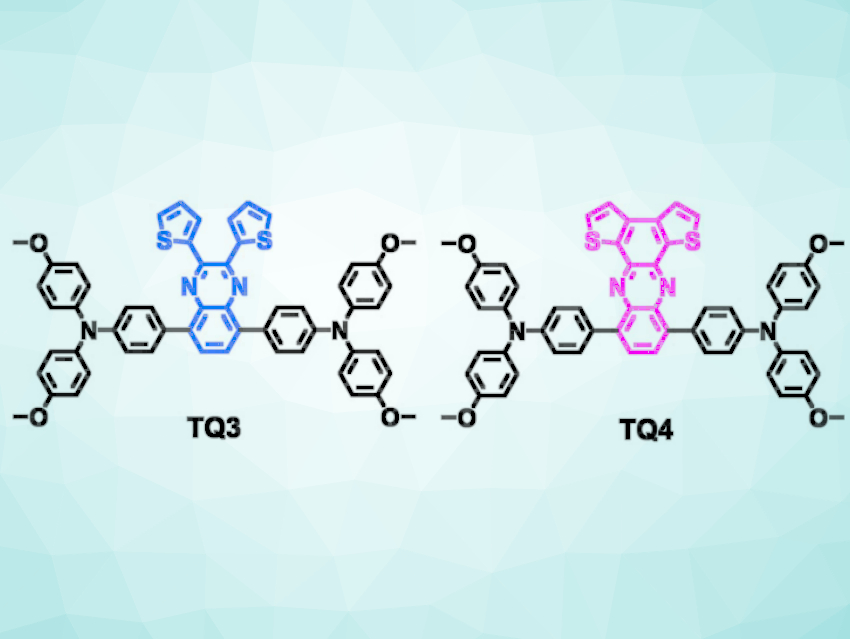Durable, high-performing perovskite solar cells also require durable, high-performing charge-transporting layers. Yongzhen Wu, East China University of Science & Technology, Shanghai, and colleagues have developed the first organic hole transporter that does not need a dopant to attain high charge mobility and stability. This new hole-transporting layer outperforms reference materials and protects the perovskite organic cell from air humidity.
Perovskite Solar Cells
In perovskite solar cells, the perovskite light absorption layer is sandwiched between two charge-transporting layers, which collect the generated holes and electrons and transport them to the electrodes. These charge transportation layers boost the power conversion efficiency of the cells and are critical for maintaining air stability.
State-of-the-art hole transporters consist of an organic material called spiro-OMeTAD. However, to promote smooth charge-carrier mobility, they need hygroscopic additives as dopants, which reduce the stability of the perovskites in humid air.
The researchers explored flat, aromatic, nitrogen-containing compounds called quinoxalines as hole transporters. They prepared two novel quinoxalines (pictured) that contained additional thiophene units. The idea was that the energy levels of the thiophene-containing structures matched those of the perovskite layer and enabled efficient hole extraction. In one of the quinoxalines, the thiophenes were able to rotate more or less freely, while in the other one, the thiophenes were fused and could not rotate. Both quinoxalines formed thin, crystalline films, which were good hole extractors, but only those with the fused thiophene rings also formed well-stacked crystalline layers.
High Efficiency and Moisture Stability
The scientists observed over 21 % power conversion efficiency for perovskite solar cells containing the new hole-transporting material. These cells outperformed reference cells containing the doped spiro-OMeTAD.
The team also found that the devices made with the new material were more durable than those containing the doped reference materials. The dopant-free devices “maintained a dark and uniform shiny appearance within 30 days,” the scientists wrote, whereas the doped spiro-OMeTAD-containing devices “apparently faded”.
The quinoxaline-containing perovskite solar cells also resisted humid air, whereas the performance of the reference cells declined fast. The researchers concluded that the new material not only enables hole extraction and transportation, but it also protects the perovskite-based solar cell from moisture.
- A Coplanar π‐Extended Quinoxaline Based Hole‐Transporting Material Enabling over 21 % Efficiency for Dopant‐Free Perovskite Solar Cells,
Huanxin Guo, Hao Zhang, Chao Shen, Diwei Zhang, Shuaijun Liu, Yongzhen Wu, Wei‐Hong Zhu,
Angew. Chem. Int. Ed. 2020.
https://doi.org/10.1002/anie.202013128


